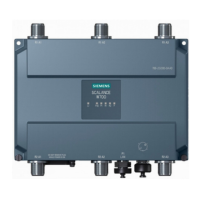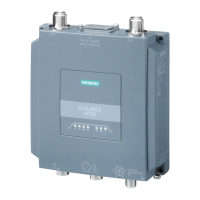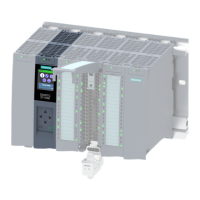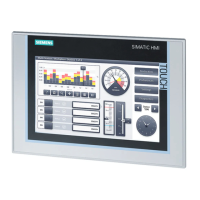3 Operating the Ethernet CP with
A-73
S7-CPs for Industrial Ethernet Configuring and Commissioning
Release 01/2007
C79000-G8976-C182-07
Time-of-day Synchronization Tab
In this tab, you can make the settings for one of the two synchronization modes
explained below:
SIMATIC mode
If the CP receives MMS time-of-day frames, its local time is synchronized
providing the NTP mode was not configured (MMS = Manufacturing Message
Specification).
The advantage of this mode is the accuracy that is generally higher than
achieved with the NTP mode.
NTP mode (NTP: Network Time Protocol)
In the NTP mode, the CP sends time queries (in the client mode) at regular
intervals to the NTP server in the subnet (LAN). Based on the replies from the
server, the most reliable and most accurate time is calculated and the time of
day on the station is synchronized.
The advantage of this mode is that the time of day can be synchronized beyond
the boundaries of the subnet.
Some CPUs allow the time to be requested automatically from an NTP server.
If you make use of this option on the CPU, you should disable forwarding of the
time to the station by the CP. This prevents the time on the CPU obtained
directly from the NTP server being overwritten by the time on the CP.
Forwarding over the CP could result in less accuracy.
Diagnostics Tab
In the “Diagnostics” tab, you can startNCM S7 Diagnostics.
See Chapter 8 Diagnostics for a description of the diagnostic functions themselves.
Addressing Tab
In the “Addressing” tab, you can assign the previously configured IP address and
IP parameters to the CP.
This is necessary before the configuration data can be downloaded to the CP over
Ethernet.
For a detailed description, refer to Section 3.4.
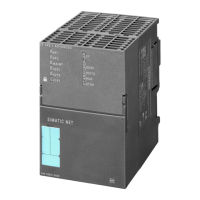
